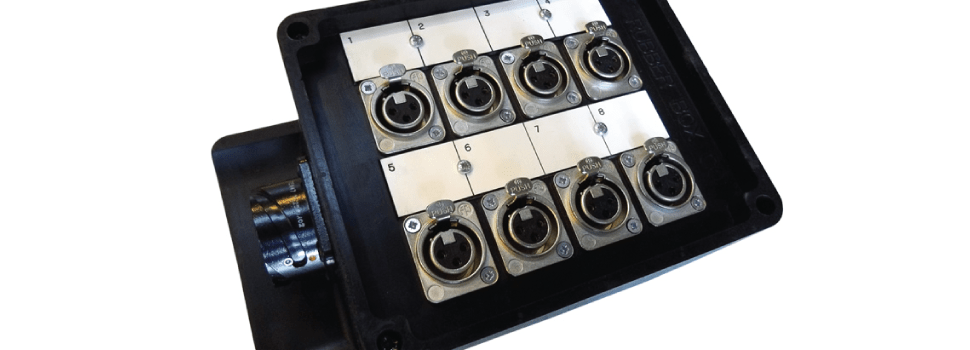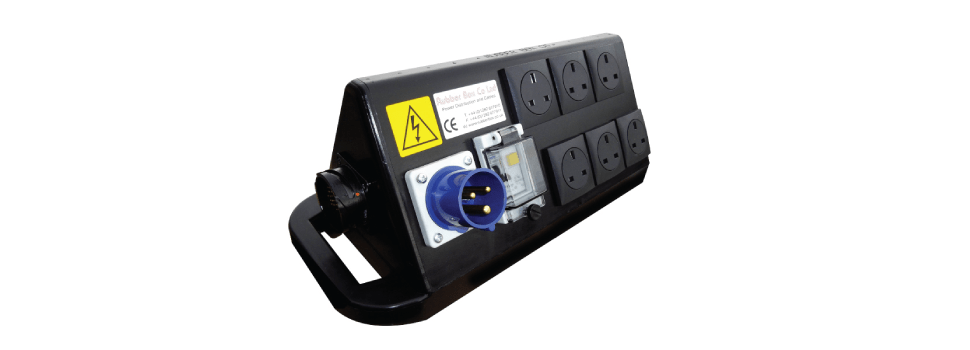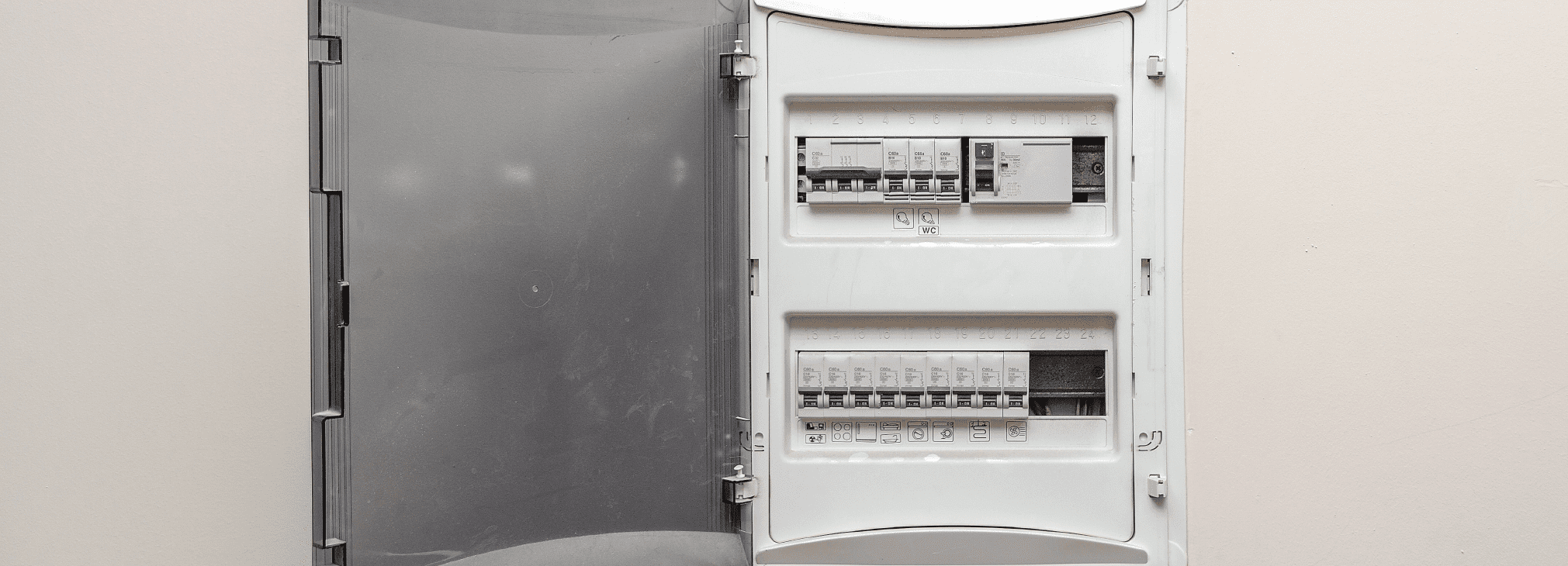
What Is A Breakout Box? The Simple Explanation
If you’ve spent any time on our website here at Rubber Box, you may have seen our range of audio breakout boxes. However, if you’re not from an engineering background, we know that online definitions of breakout boxes can be a little tricky to understand. That’s why, as experts on power distribution, we’re taking a crack at it this week on the blog here at Rubber Box.
Now, there is unfortunately no avoiding the fact that the explanation does require quite a bit of technical language, but in keeping with the title of this blog, we’re going to try and keep the jargon to an absolute minimum!
The Definition of a Breakout Box
Essentially, a breakout box is a device that splits a multi-cable line into several connectors. In principle, it’s exactly what it sounds like – it takes a cable line apart so you can examine each component individually. Breakout boxes are typically small to medium sized. And when we say small, we mean very small! The smallest variety of breakout boxes can fit quite comfortably in a computer’s hard drive bay, whereas others (such as the ones we stock) can be considerably bigger.
So why is a breakout box so useful? Well, lots of devices across the electrical industry use a compound electrical connector. This electrical connector prevents engineers from examining a single component in detail, usually because of their size. A breakout box, however, spreads these compound connectors into individual ‘component connectors’, allowing engineers to have easy access to each one. This makes it much easier to customise or fine-tune A/V signals, or diagnose any niggling little issues somewhere in the system that you otherwise wouldn’t be able to pin down.

What Are Breakout Boxes Used For?
There are a couple of uses for breakout boxes, but lots of them fall within one of those two categories we mentioned just above: customising audio visual signals, or troubleshooting and diagnosing problems. For customisation processes, breakout boxes are highly sought after by professional musicians and music editors. Our own audio breakout boxes here at Rubber Box are specifically designed to serve this sort of market, and we have a long history of serving concerts and music venues.
The second main usage for breakout boxes is to test and diagnose equipment, allowing engineers to pin down any issues with a circuit. As we’ve covered, it enables them to carry out a more precise analysis by letting them test each individual component separately, making the process vastly less complex and saving them both time and effort when troubleshooting.
Audio breakout boxes are just a sample of our stock here at Rubber Box – we sell a variety of power distros and electrical distribution equipment to meet your needs, whatever your business or industry. You can click here to browse our full range of power distribution equipment, or give us a call on 01282 677 910 if you have any questions, or you’d like to place an order.






